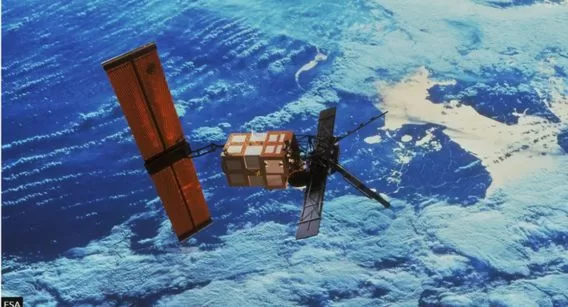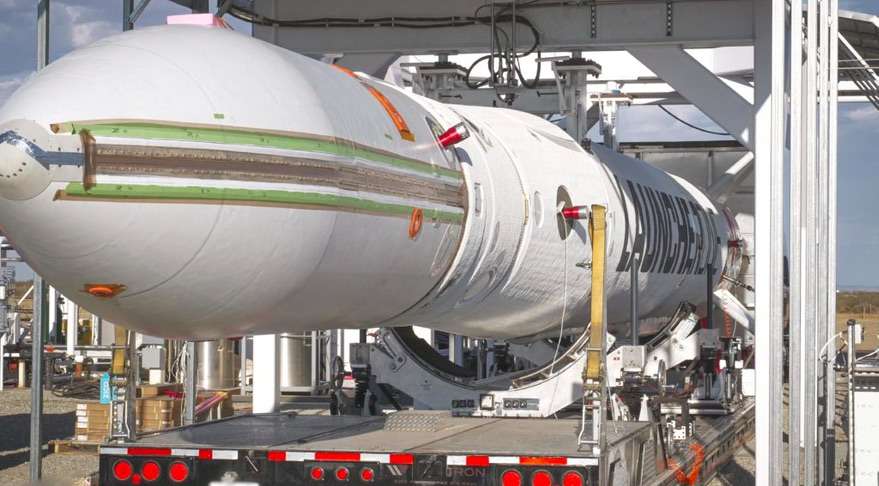Space Debris: ERS-2 ‘Grandfather Satellite' Set for Earth Return
A special satellite named ERS-2 is about to make a dramatic return to Earth after being in space since 1995. Back then, it was like the latest smartphone in space technology, helping scientists study our planet in amazing ways.
Since 2011, ERS-2 has been slowly coming closer to Earth. This Wednesday, it will dive into our atmosphere in a fiery show. The good news is that most of it will burn up before reaching the ground.
Also Read: NASA Unveils Super-Earth: TOI-715 b, 137 LY Away
There's a small chance some sturdy pieces might survive the intense heat and crash down, but the odds of them hitting where people live are low. Since most of our planet is covered in water, any remaining bits will probably end up lost at sea.
The European Space Agency (ESA) wants to make it clear that none of the satellite pieces coming down are harmful, like radioactive or toxic. Mirko Albani from ESA says we don't need to worry about that.
Back in the '90s, ESA launched two similar satellites, like ERS-2's sibling. These satellites were like the pioneers of Earth observation in Europe. They helped us watch floods, measure temperatures, track ice, and even see the effects of earthquakes.
According to Dr. Ralph Cordey, these satellites are the ancestors of the ones we use today, like Europe's Copernicus/Sentinel satellites. They paved the way for all the cool Earth-monitoring tech we have now.
ERS-2 is the first of these satellites to come back home. Originally, it orbited about 780km above Earth, but in 2011, engineers used up its remaining fuel to bring it down to 570km. This Wednesday, it will finally make its descent.
We can't say exactly when or where it will fall because it depends on things like the upper atmosphere's thickness, which changes due to solar activity. But we do know it will fall somewhere between 82 degrees North and South.
Some parts that might survive the fall include internal panels and metal bits like fuel tanks. There's one part, the antenna made in the UK, that's really tough and might make it through the heat.
When ERS-2 was launched, the rules about space debris were more relaxed. But now, ESA has new guidelines to prevent too much junk in space. They want to bring old satellites back within five years of finishing their job. And they plan to launch new satellites with fuel to bring them down quickly when they're done.
This is important because there are thousands of satellites up there now, and the chance of them crashing into each other is getting higher. SpaceX, a big satellite operator, is already bringing down some of its satellites to avoid future problems.
Experts are worried about all the old satellites still floating around. They say these abandoned satellites could crash into new ones, making more dangerous space debris. That's why they're urging companies to clean up their old space hardware.
So, as ERS-2 makes its fiery return, most of it will burn up before reaching us. It's a reminder that we need to be careful with our stuff in space, just like we are on Earth.
Click for more updates and the latest tech news, along with Web stories updates. Also, get the latest news and top headlines from India and around the world at speed News





